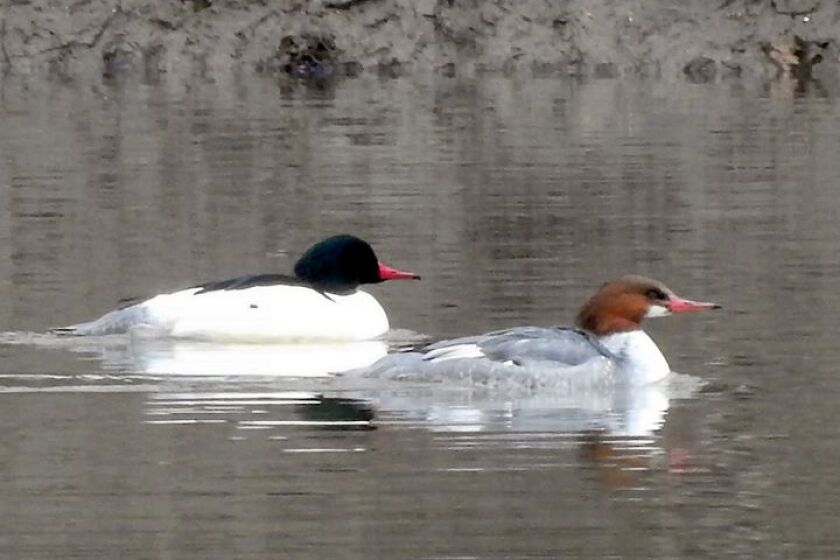Speculation has swirled around former North Dakota governor and current U.S. Interior Secretary Doug Burgum, linking him to an escalating environmental controversy involving merganser ducks on Minnesota’s exclusive Pelican Lake.
At the heart of the contentious issue is an outbreak of swimmer’s itch, an irritating ailment plaguing residents and visitors alike, stemming from parasites thriving in the lake’s waters, largely attributed to snails and an abundance of common mergansers, a species of duck common to the region.
Affluent homeowners and cabin owners, accustomed to leveraging their wealth and connections, have expressed a strong desire to eradicate these birds, eyeing a Michigan-based company that promises to restore the lake’s swimmer-friendly reputation by removing the merganser population.
Adding fuel to the public debate, certain readers have implied a direct connection between Burgum, who recently assumed his federal role, and the swift preliminary approval granted by the U.S. Fish and Wildlife Service for the duck removal, an approval later contradicted by the Minnesota Department of Natural Resources.
This suspicion is amplified by the known fact that Doug Burgum and his family possess significant property holdings on a desirable stretch of Pelican Lake, making the perceived link between his federal position and local environmental decisions a point of considerable discussion among observers.
Despite the strong public sentiment and the seemingly convenient timing of federal involvement, the narrative presented here strongly asserts that Secretary Burgum is unlikely to be directly embroiled in what is, from a federal perspective, a relatively minor local dispute over ducks.
His current responsibilities as Interior Secretary involve far more substantial issues, such as national land management and policy, making direct intervention in a localized “merganser kerfuffle” improbable, regardless of personal property interests in Pelican Lake.
Ultimately, the core of the Pelican Lake swimmer’s itch problem remains a complex local environmental challenge, and attempting to assign blame to a long-standing local wildlife population or an influential political figure may oversimplify a multifaceted ecological dynamic.






Leave a Reply